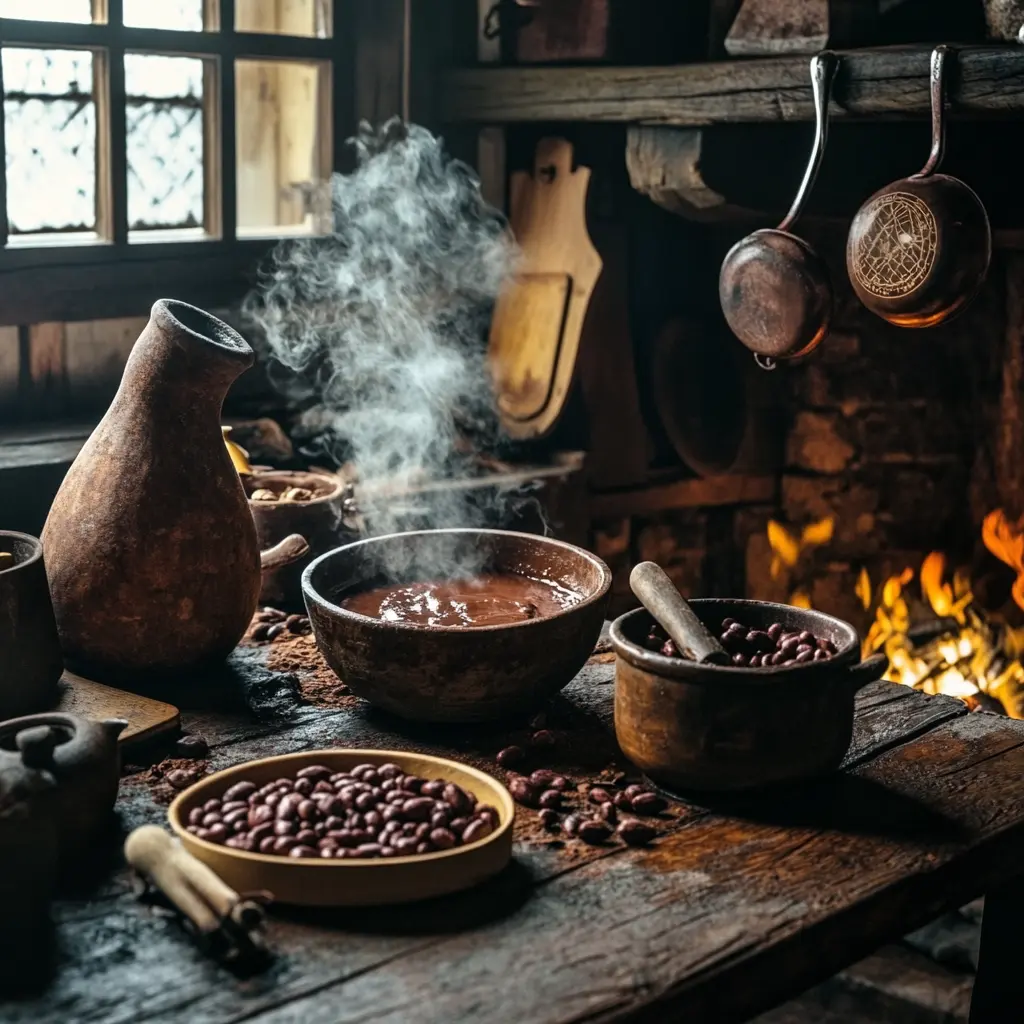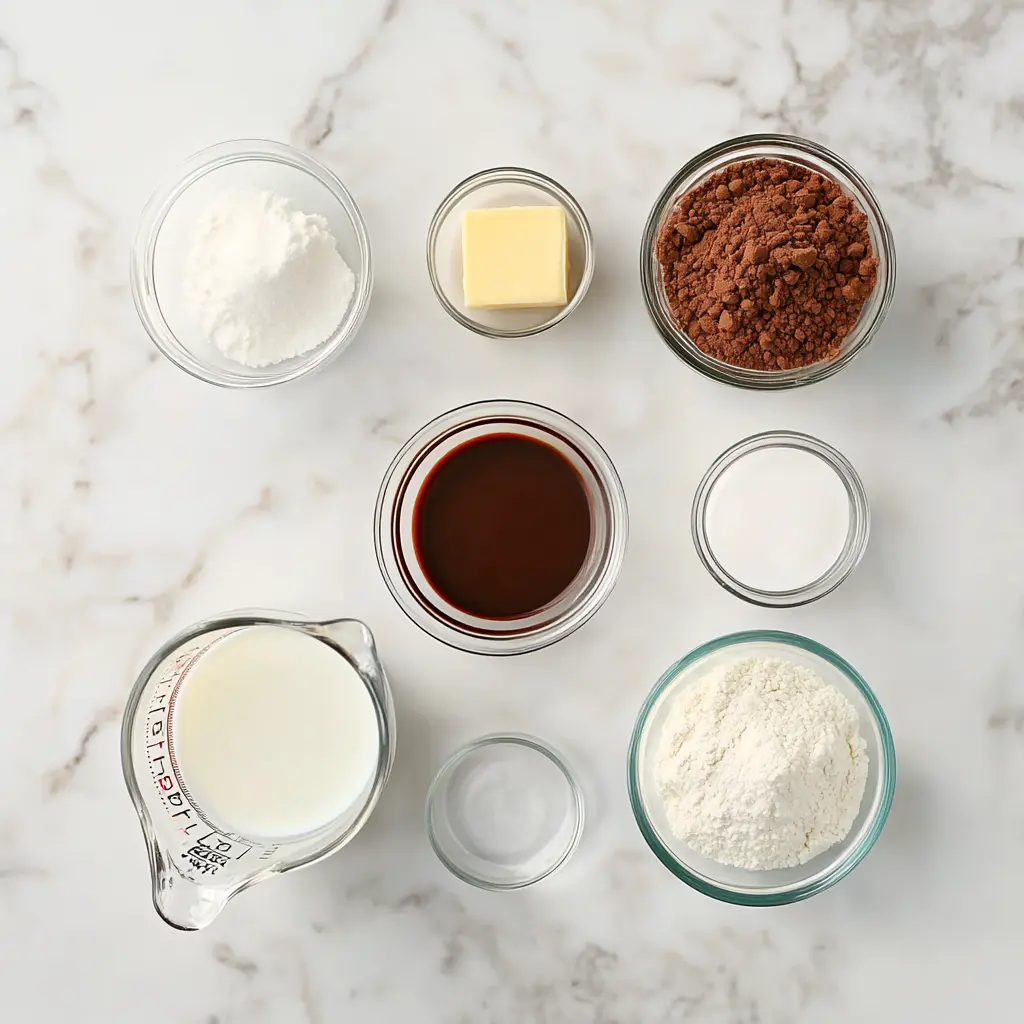what is the secret to good gravy? It’s a question many home cooks ask, especially around the holidays.
If there’s one thing that can instantly upgrade a meal, it’s gravy. Whether you’re serving a Thanksgiving turkey, mashed potatoes, or a simple weeknight dinner, good gravy turns a basic dish into comfort food magic. But let’s face it: making gravy can feel intimidating. One minute it’s watery, the next it’s lumpy—and before you know it, you’re wishing you’d just stuck with store-bought.
Don’t worry; I’ve got you covered. First, let’s break down what makes gravy great, step by step. From selecting the right ingredients to mastering foolproof tips, every detail matters. By the end, you’ll be confidently ladling liquid gold onto your plate in no time.
The truth about what is the secret to good gravy lies in mastering the basics: flavor, texture, and seasoning.

Why Gravy Matters
Gravy isn’t just a sauce; it’s the glue that holds your meal together. A good gravy not only adds depth to your dish but also ties all the flavors together without overwhelming them. In many ways, it plays the ultimate supporting role, acting as the perfect sidekick to your star entrée.
Honestly, there’s something so nostalgic about gravy. It always reminds me of family gatherings where we’d pass the gravy boat around like it was a precious treasure. In fact, it brings both warmth and richness to the table—literally with its flavor and figuratively with the memories it creates.
The Basics of Gravy
Good gravy comes down to two main things: flavor and texture. Here’s what you need:
- Fat and Drippings: The base of most gravies is fat, usually from pan drippings. This is where all the flavor lives.
- Flour (or Starch): Flour helps thicken the gravy, giving it that smooth, velvety texture.
- Liquid: This can be broth, stock, or even milk, depending on the type of gravy you’re making.
- Seasoning: Salt and pepper are non-negotiable, but herbs, garlic, or even a splash of wine can add personality.
Step-by-Step: Making Perfect Secret Gravy
If you’re still asking yourself, what is the secret to good gravy?, start with high-quality ingredients and the right technique.
If you’re curious about another unique gravy, check out what chocolate gravy is made of—it’s a sweet twist!
1. Start with Drippings (or a Substitute)
If you’ve roasted a turkey, chicken, or beef, don’t toss the drippings because they’re packed with flavor. Instead, pour the drippings into a heatproof bowl and let them sit for a few minutes. As a result, the fat will rise to the top, which you can skim off and save as the perfect base for your gravy.
No drippings? No problem. Use butter or a neutral oil, then add bouillon or pre-made stock to mimic that roasted flavor.
2. Create a Roux
A roux is just a fancy name for cooking fat and flour together. In a medium-sized pan, combine equal parts fat and flour (usually 2 tablespoons of each per cup of liquid). Stir constantly over medium heat until the mixture turns golden brown. This is where the magic starts!
3. Add Liquid Gradually
Slowly whisk in your liquid. Chicken or turkey stock works great for lighter gravies, while beef stock adds depth to heartier meals. Keep whisking to avoid lumps.
Pro Tip: Warm your liquid before adding it to the roux. This keeps the gravy smooth and prevents a shocking temperature change that can create clumps.
4. Simmer to Perfection
Let your gravy simmer for 5-10 minutes, stirring occasionally. This helps it thicken and allows the flavors to meld. If it’s too thick, add more liquid a little at a time. If it’s too thin, simmer it longer, and the liquid will reduce.
5. Season Like a Pro
Taste your gravy before serving! Add salt, pepper, and any extras like thyme, sage, or even a splash of Worcestershire sauce. Don’t skip this step—seasoning makes or breaks gravy.
Common Gravy Problems and Fixes
1. Too Thin?
Mix a small amount of flour or cornstarch with cold water to make a slurry, then whisk it into your gravy. Let it cook for a few minutes to thicken up.
2. Too Thick?
Add a splash of warm stock or water and whisk until it reaches the right consistency.
3. Lumpy?
Run the gravy through a fine mesh strainer or give it a blitz with an immersion blender.
4. Bland?
Amp up the flavor with a pinch of salt, a splash of soy sauce, or even a dash of hot sauce.

Types of Gravy You Should Try
1. Turkey Gravy
Classic and perfect for Thanksgiving, this gravy not only features rich flavor from turkey drippings but also includes a hint of sage for extra warmth. Furthermore, it complements the holiday spread beautifully, tying together all the savory dishes on the table.
2. Sausage Gravy
This creamy and peppery gravy is a breakfast favorite. Not only does it pair perfectly with warm, flaky biscuits, but it also provides a comforting start to the day. In addition, its rich flavor makes it a dish that people often associate with cozy mornings and Southern traditions.
3. Brown Gravy
Made with beef stock, this classic option works perfectly for roast beef or mashed potatoes. Moreover, it adds a rich and savory flavor to the dish.
4. Mushroom Gravy
A vegetarian option that’s hearty and full of umami, especially because it uses sautéed mushrooms and vegetable stock for rich flavor.
5. Onion Gravy
Caramelized onions add sweetness and depth to this classic English-style gravy.
Tips for the Best Gravy Every Time
- Use Homemade Stock: If you have the time, homemade stock beats store-bought every day of the week. It’s richer and more flavorful.
- Add a Splash of Wine: Red wine works for beef gravies, while white wine shines in poultry-based sauces. Just a little goes a long way!
- Don’t Skip the Fat: Fat carries flavor, so don’t be tempted to go completely fat-free. A little goes a long way.
- Keep Whisking: This prevents lumps and helps everything blend together beautifully.
learn how to make chocolate gravy—it’s surprisingly easy!
FAQs About Secret Gravy
How Can I Make My Gravy Taste Better?
To enhance your gravy’s flavor, try these expert tips:
- Use Quality Stock: A homemade or high-quality store-bought stock adds richness.
- Season Gradually: Add salt and pepper in small amounts and experiment with herbs like thyme or sage.
- Boost Umami: A splash of soy sauce or Worcestershire sauce deepens the flavor.
- Balance the Taste: If your gravy is too salty, smooth it out with a touch of cream or a pinch of sugar.
What Is the Trick to Making Gravy?
Perfecting gravy comes down to technique and balance:
- Start with a Roux: Cook equal parts fat and flour until golden brown for a flavorful base.
- Whisk Constantly: Prevent lumps by stirring continuously.
- Use Warm Liquid: Warm stock or broth blends more smoothly into the roux.
- Taste and Adjust: Season at different stages rather than just at the end.
How Do Chefs Thicken Gravy?
Professional chefs use several methods to achieve the perfect consistency:
- Roux: A classic thickener made from fat (like butter) and flour.
- Cornstarch Slurry: Mix cornstarch with cold water before adding it to hot gravy for quick thickening.
- Reduction: Simmer uncovered to naturally concentrate and thicken the gravy.
- Alternative Starches: Potato starch or arrowroot are excellent gluten-free options.
Is Gravy Better With Water or Milk?
The best liquid for gravy depends on the type you’re making:
- Milk: Ideal for creamy gravies like sausage or country-style gravies, adding richness and a hint of sweetness.
- Water, Broth, or Stock: Perfect for traditional turkey, beef, or chicken gravies, enhancing the savory depth of flavor.
Why Is My Gravy Lumpy and How Can I Fix It?
Lumpy gravy is a common issue, but it’s easy to fix:
Thin It Out: If the gravy is too thick and lumpy, add a bit more warm broth while whisking vigorously.
Prevent Lumps: Whisk constantly while slowly adding liquid to the roux.
Strain It: Use a fine-mesh sieve to remove lumps for a smooth texture.
Blend It: A quick pulse with an immersion blender can break up any clumps.
Conclusion
Good gravy isn’t just about following a recipe—it’s about building flavor, creating a velvety texture, and adding that special touch that makes everyone at the table say, “Wow!” Whether you’re making it for a big holiday meal or a cozy weeknight dinner, the key lies in balancing ingredients, whisking like a pro, and tasting as you go.
Remember, gravy doesn’t have to be perfect to be delicious. Even if it’s not the smoothest or thickest on your first try, it’ll still bring warmth and flavor to the plate. So grab your drippings (or your butter!), whisk up some magic, and let that gravy be the finishing touch that makes every meal unforgettable.In the end, what is the secret to good gravy comes down to practice, patience, and a few reliable tricks up your sleeve
And hey, next time you pass the gravy boat, give yourself a little pat on the back—you’ve earned it! 😊


2 thoughts on “What’s the Secret to Good Gravy?”